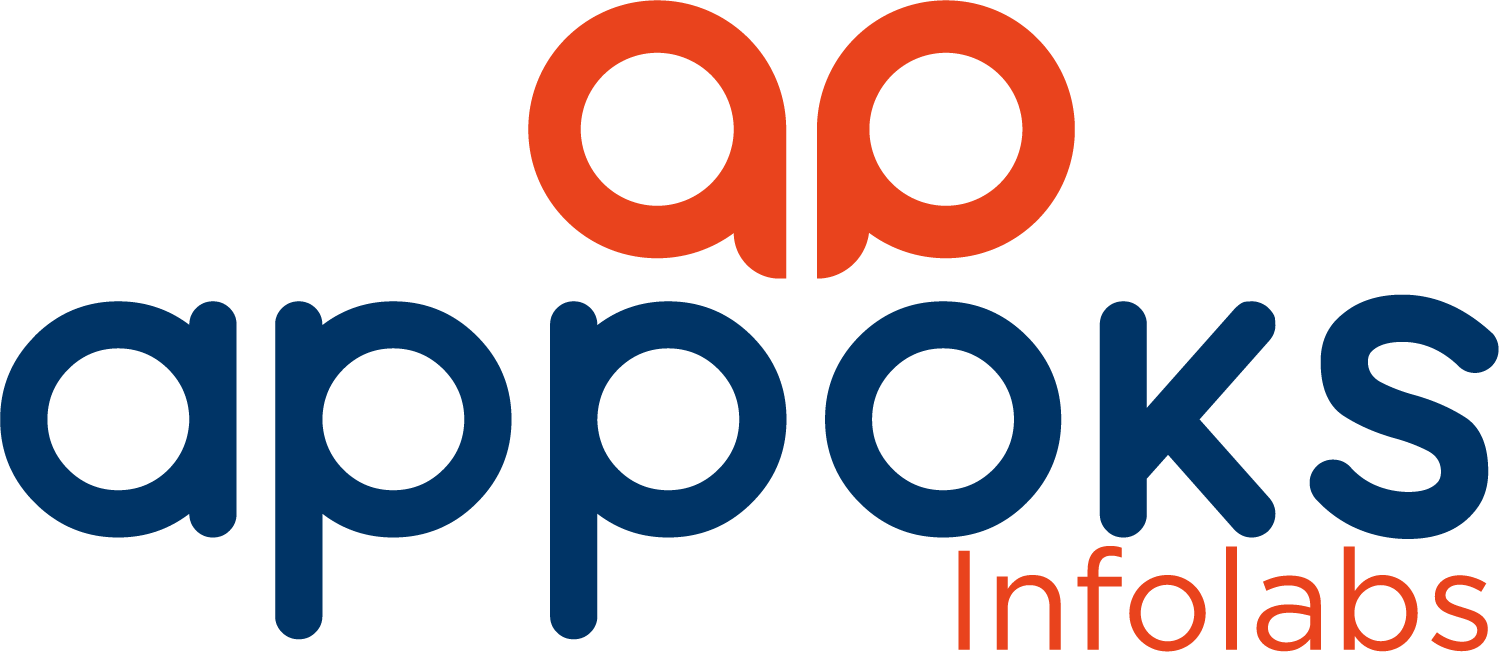Is Flutter the Future of App Development? Exploring the Power and Potential of Google’s UI Toolkit
Introduction
In today’s fast-paced digital landscape, the demand for innovative and efficient mobile app development solutions has never been greater. Flutter, Google’s open-source UI toolkit, has quickly gained popularity as a robust framework for building cross-platform applications. As the app development ecosystem evolves, many experts and developers are wondering if Flutter is indeed the future of app development. In this comprehensive exploration, we will delve deeper into the capabilities, advantages, and potential drawbacks of Flutter, as well as its impact on the app development industry.
Understanding Flutter: A Versatile UI Toolkit
Flutter is a versatile and powerful UI toolkit developed by Google to facilitate cross-platform app development. It enables developers to create natively compiled applications for Android, iOS, web, and desktop from a single codebase. The framework utilizes the Dart programming language, known for its simplicity and ease of use, which complements Flutter’s fast development cycle.
The Rise of Cross-Platform App Development
In recent years, the demand for cross-platform app development has grown significantly. Businesses and developers seek ways to reach a broader audience without compromising on app quality and performance. Flutter’s ability to deliver native-like experiences on multiple platforms simultaneously has positioned it as a leading contender in the cross-platform development landscape.
Advantages of Flutter App Development
a. Hot Reload:
Flutter’s hot reload feature and The future of app development allows developers to see changes instantly during the development process. This real-time update capability accelerates the development cycle, allowing for quicker prototyping and iterative improvements.
b. Consistent User Interface:
Flutter provides a set of customizable widgets that enable developers to build consistent user interfaces across different platforms. This feature ensures a seamless user experience regardless of the operating system.
c. Fast Performance:
Fast performance is the top prioriteies for the future of app development Flutter’s natively compiled code ensures high performance, resulting in faster app execution and reduced loading times.
d. Single Codebase:
One of Flutter’s most significant advantages is the ability to write a single codebase for multiple platforms, reducing development time and minimizing code duplication.
e. Strong Community Support:
Flutter’s thriving community of developers, contributors, and enthusiasts ensures continuous improvement and provides valuable resources for learning and troubleshooting.
Flutter in the App Development Landscape
a. Enterprise Applications:
Many enterprises are turning to Flutter for their app development needs due to its cost-effectiveness, faster development cycles, and cross-platform capabilities.
b. Startup Growth:
Startups appreciate Flutter’s ability to create feature-rich apps quickly, allowing them to enter the market faster and gain a competitive edge will depend on The future of app development.
c. Mobile Games:
Flutter’s performance and fast rendering make it a viable option for developing mobile games, especially those that require smooth animations and high responsiveness.
d. IoT and Embedded Systems:
Flutter’s adaptability extends beyond mobile and web applications, making it a potential contender for building apps for IoT devices and embedded systems which makes its cabalities to includes the future of app development.
The Future of App Development with Flutter
a. Growing Adoption:
The increasing adoption of Flutter by both small and large-scale businesses, along with its expanding community, indicates a promising future for the framework.
b. Continuous Development and Support:
Flutter’s association with Google ensures ongoing development, regular updates, and a commitment to addressing any issues that arise.
c. Enhanced UI Capabilities:
Flutter’s focus on improving its UI capabilities, such as support for foldable devices and adaptive design, will further solidify its position in the app development landscape.
d. Ecosystem Expansion:
As Flutter gains popularity, it will likely see an expansion in third-party libraries, plugins, and tools, enhancing its functionalities and making it even more appealing to developers.
Potential Drawbacks and Challenges
a. Limited Platform-Specific Features:
Although Flutter offers a rich set of customizable widgets, it may not fully leverage all platform-specific features, which could be a concern for certain app requirements.
b. Learning Curve:
Developers transitioning to Flutter from other frameworks might face a learning curve when adopting Dart and understanding Flutter’s architecture.
c. App Size:
While Flutter apps deliver great performance, they may have a larger app size compared to native applications, although efforts to optimize app size are ongoing.
Please read our other articles:
Conclusion
As the app development landscape evolves, Flutter has established itself as a prominent player with its powerful cross-platform capabilities, fast development cycle, and robust performance. The framework’s ability to deliver native-like experiences on multiple platforms from a single codebase makes it an attractive choice for businesses and developers looking to streamline their app development processes. While challenges and potential drawbacks exist, Flutter’s growing adoption and continuous development indicate a promising future as a prominent player in the app development industry. As Google and the Flutter community continue to invest in its improvement, it is likely that Flutter will play a significant role in shaping the future of app development for years to come.




